

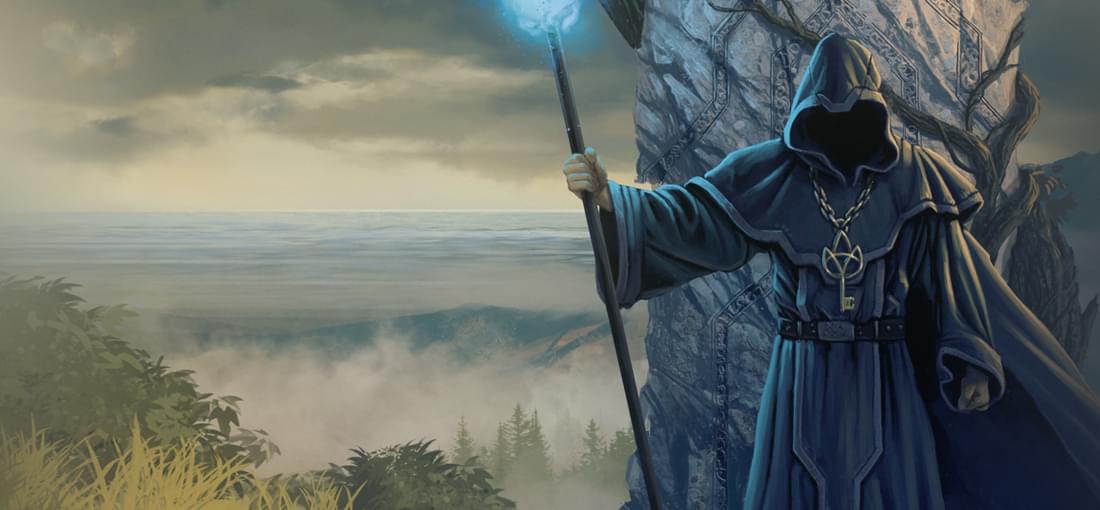
As a big fan of the Legend of Grimrock, I bought this sequel immediately upon release. It expands the original impressively and logically. No longer are you locked in a dungeon, but can move between various overland and dungeon locations in a fairly open world. I think there was only one puzzle I found unfair, which seems an almost impossible achievement, considering the difficulty of designing puzzles combined with the sheer amount of them. My only real complaint is that firearms seems a weak option for character builds. But overall, this is pretty much a perfect sequel, and in my opinion, the best grid-based dungeon crawler in existence. But do play the original Legend of Grimrock before delving into this one, to maximize enjoyment.
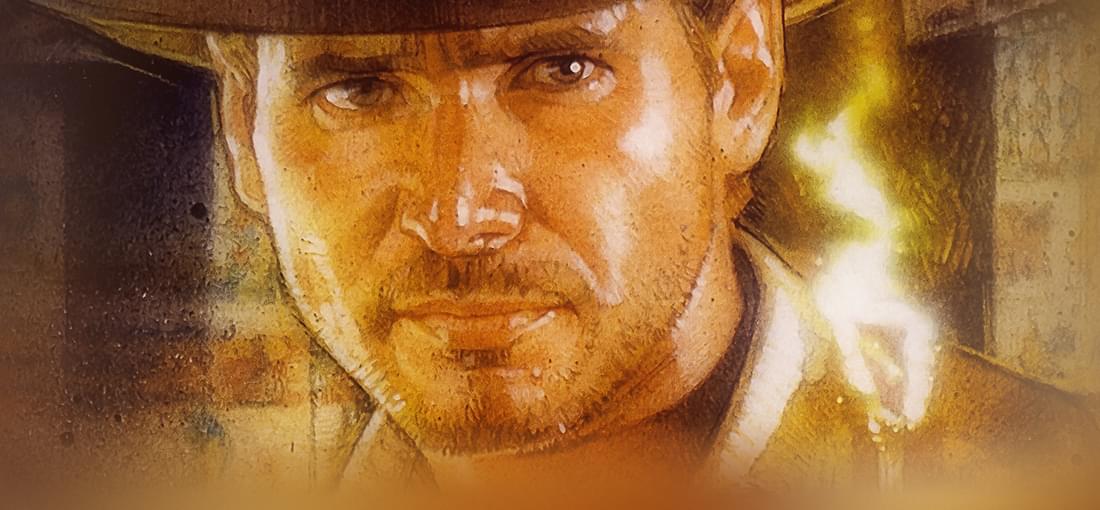
Heavily inspired by the Tomb Raider games, this game easily offers around 50 hours in a playthrough, assuming you don't stick your nose in a walkthrough every time you get a little stuck. The game is enjoyable overall, but is marred by needlessly complex and fiddly controls. You'll do a lot of exploration, puzzle solving and gunning down Russian communists. And watching Indy do a straight jump up and down instead of trying to climb whatever you want him to climb. A few of the later stages, namely 11 (the ship), 12 (the pyramids) and 13 (the mines) stand out as exceptional. Had most of the stages been of this quality, the game would have been a 4/5. And a 5/5 with simpler, faster, and less fiddly controls.
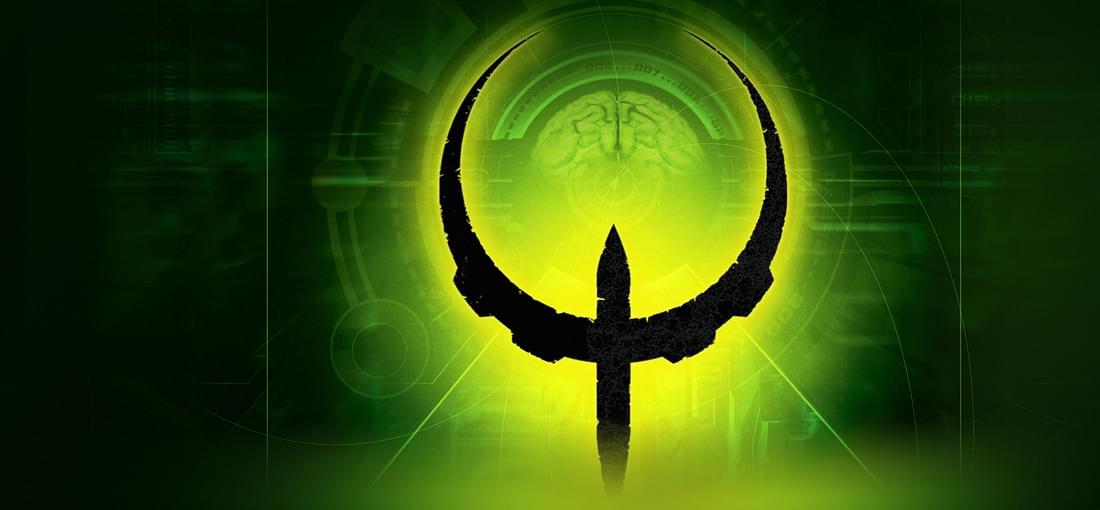
Quake 4 is a perfect example of assembly line mid 2000s shooters. Through much of the game, you receive orders from your fellow marines that either accompany you or communicate by radio. It's somewhat superfluous as the game's level are linear corridor shooters with only one way. Here and there is the token turret-on-rails or vehicle section, again with only one possible direction in which to move. Like Doom 3 and Prey, Quake 4 uses the id tech 4 engine, but rather than the evocative visual design of the other two titles, the environments in Quake 4 mostly feel bland and uninspiring. Most of the enemies are interesting and look the part of the Strogg, each of them feeling somewhat unique to fight. And while the railgun is a bit disappointing, most of the guns generally feel good. Unfortunately, the good parts of the game aren't quite enough to save the game from the uninspiring level design and storyline. While there isn't anything technically wrong with Quake 4, it's just so incredibly boring.
The game probably has the highest quality presentation of any grid-crawling blobber CRPG, and represents the absolute epitome of gaming art prior to the 3d era. The simple but effective story is presented through action, beautifully animated cinematics and dialogue (fully voiced, courtesy of the advent of CD-ROM). The game mechanics are mostly hidden, leaving you both free to enjoy the adventure rather than be bothered with cumbersome rules. On the other hand, it makes some things hard to judge. For example, one of the playable characters has notably lower stats than the rest, but claims he's very fast. Is this just flavor text or is he harder to hit? Does he attack faster? Hard to say. You find an axe with poor offensive stats but a special name. Does it do anything special? Nobody knows. Some of the puzzles can be rather obscure and frustrating if you're not accustomed to old-school dungeon crawlers, especially in the Urbish Mines. A walkthrough will be your friend for those bits that aged a little less gracefully.
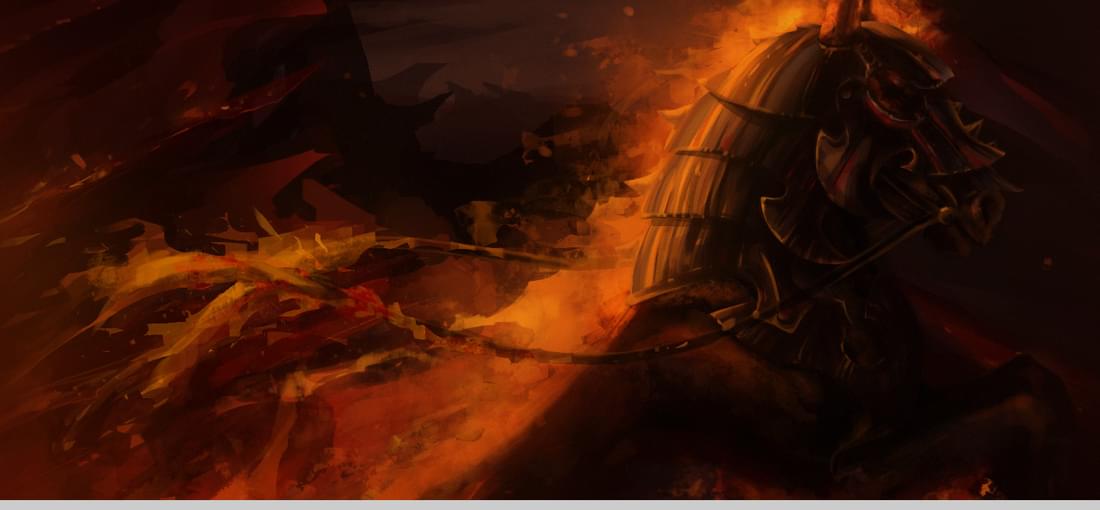
While Anvil of Dawn struggles to reach the quality of Lands of Lore: The Throne of Chaos (Westwood Studios' dungeon crawler from 1993 and spiritual successor to the Eye of the Beholder series), its heart is in the right place. It has plenty of content and adds features such as rolling bolders, pushable blocks, oustanding automap features and pre-rendered, 3d overland travel.
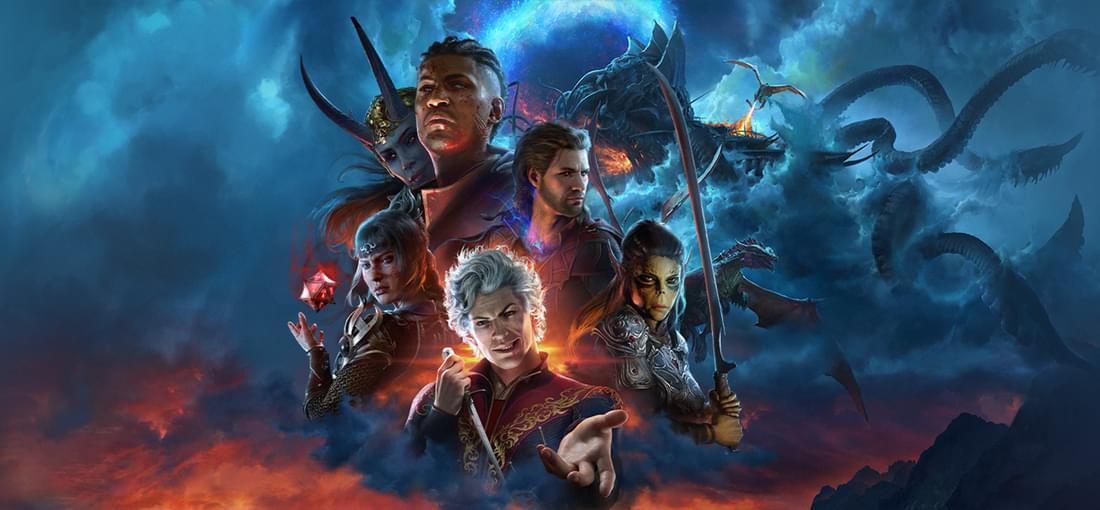
A potentially great game marred by a ludicrous amount of technical issues. As you play through the first half of the game, you will likely notice this game has considerably more bugs than most, but as the gameplay, visuals and story are quite enticing, and the types of bugs tend to be minor nuisances, you'll likely find the game highly enjoyable. This changes in the second half of the game. Almost every quest is bugged in some way. Major gameplay mechanics might stop working temporarily or permanently. The amount of issues start to take their toll. I kind of want to give the game 4 out of 5 because the first half is so good in spite of the issues, but it just doesn't seem fair to give the most bug-ridden game I have ever played in 30 years of gaming more than a 3. My suggestion is to wait at least a year before buying the game. Might be a 5/5 by then.
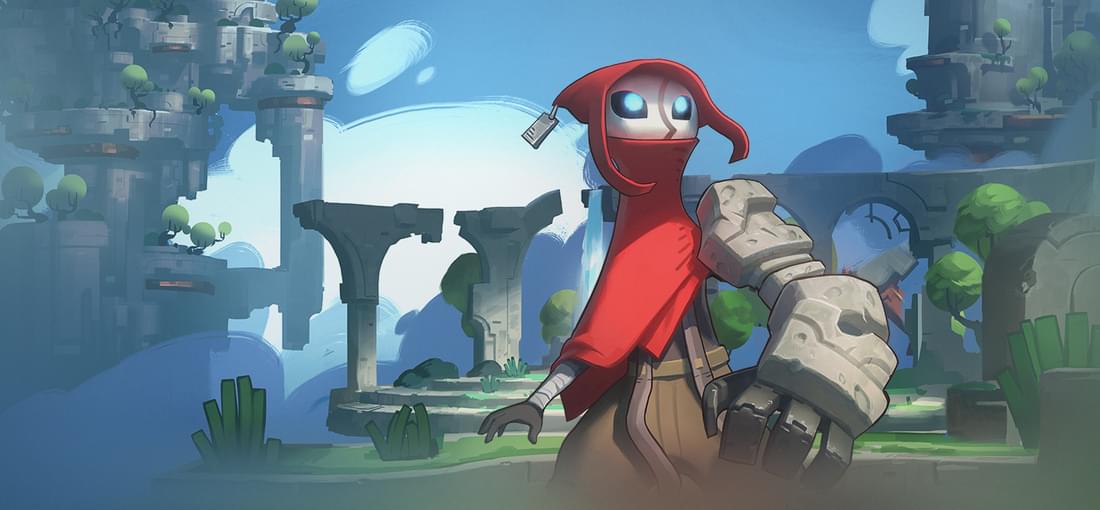
Hob does a great job of combining action, exploration and platforming. The world and art is very endearing, and it never gets old activating some mechanism only to see an entire section of world shoot out of the ground in front of you. Enemies each have their "thing" they do, providing dynamic combat and opportunities for you to use all of your abilities. My only real criticism is that I wish it was a little longer. Took me about 13 hours to complete without using a walkthrough, and I believe I got nearly all of the "secrets."